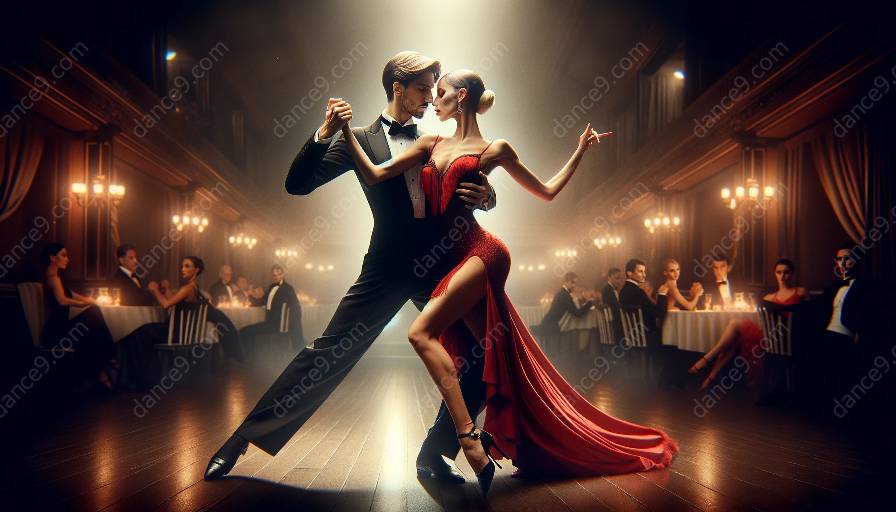Tango, as a dance form, reflects a rich tapestry of social and cultural contexts that have shaped its performance and impact on society. In this article, we will explore the deep influences that have contributed to the evolution of tango, its place in cultural history, and its relevance in dance classes.
The History of Tango
Originating in the working-class neighborhoods of Buenos Aires in the late 19th century, tango emerged as a fusion of African, European, and indigenous influences. It functioned as a form of expression for marginalized communities and served as a medium to capture the essence of their daily lives through movement and music.
Driven by themes of passion, longing, and resilience, tango rapidly gained popularity, permeating various strata of Argentine society and eventually making its way to Paris, where it became a global sensation. The dance form underwent transformations as it adapted to different cultural milieus, reflecting the evolving social and cultural contexts of the time.
Cultural Symbolism and Tradition
Tango embodies a myriad of cultural symbols, including gender roles, class dynamics, and national identity. The dance's embrace, characterized by a close and intimate connection between partners, signifies trust, vulnerability, and a deep sense of togetherness.
Furthermore, tango’s traditional attire, such as the elegant dresses and sharp suits, encapsulates a sense of sophistication, evoking the bygone glamour of a bygone era. These elements contribute to the rich cultural symbolism embedded within the dance, further accentuating the significance of social and cultural contexts in tango performance.
The Impact of Social Change
As societies evolved, so did the tango. It responded to shifting social norms and values, adapting to changing attitudes toward gender, sexuality, and individual expression. Tango's evolution within these contexts reflects its ability to mirror and shape societal perceptions, making it a dynamic and relevant art form that resonates with people from diverse backgrounds.
Connecting Tango and Dance ClassesWithin the realm of dance classes, tango serves as a conduit for individuals to engage with cultural diversity, personal expression, and human connection. As learners immerse themselves in the intricacies of tango, they not only refine their dance techniques but also absorb the cultural and social nuances embedded within the movement, music, and interaction with their partners.
Moreover, tango's emphasis on improvisation and spontaneous communication between partners cultivates a sense of trust and adaptability, essential qualities to navigate the complexities of social interactions both on and off the dance floor.
ConclusionIn conclusion, the social and cultural contexts of tango performance contribute to its timeless allure and profound impact on individuals and societies alike. By delving into its history, cultural symbolism, and responsiveness to social change, we can gain a deeper appreciation for the rich tapestry of influences that have shaped tango into the captivating and meaningful dance form it is today.













































































